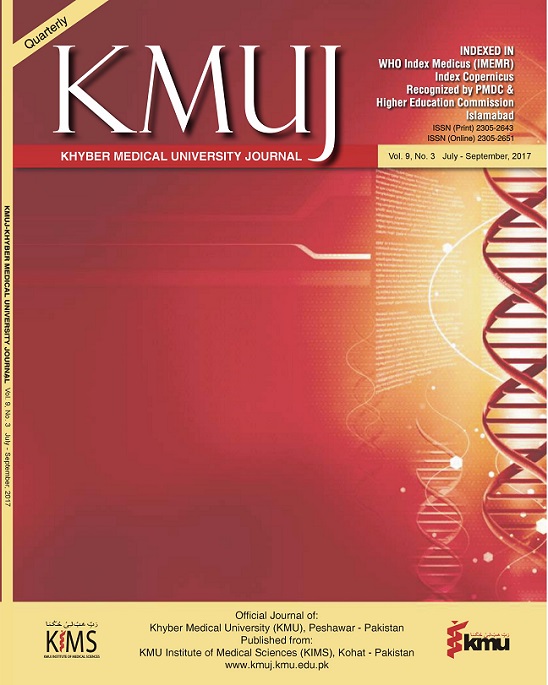THE FUTURE OF MEDICAL EDUCATION: MEETING THE GLOBAL STANDARDS
Main Article Content
Abstract
The main goal of medical education is to provide improved health to all.1 To work towards this goal and to enhance the quality of medical education, the World Medical Association (WMA) and the World Health Organization (WHO) established the World Federation for Medical Education (WFME) in 1972.2 It works to achieve its main goal by promoting high quality by initiating new learning methods, new instructional tools, and innovative management of medical education for almost 10 million physicians and students.1,3
To make sure that competencies of doctors are globally accepted, it is necessary to have readily accessible and transparent documentation of the quality of educational institutions and their programmes.1 In this context, WFME Global Standards, both basic and quality improvement standards (which are a global expert consensus), cover all three phases of medical education.2 These are basic medical education (comprising of 106 basic standards, 90 quality development standards and 127 annotations); postgraduate medical education (comprising of 161 basic standards, 94 quality development standards and 123 annotations); and continuing professional development (comprising of 76 basic standards, 62 quality development standards and 80 annotations). 2 The focus of this editorial, however, will be basic medical education
Article Details
Work published in KMUJ is licensed under a
Creative Commons Attribution 4.0 License
Authors are permitted and encouraged to post their work online (e.g., in institutional repositories or on their website) prior to and during the submission process, as it can lead to productive exchanges, as well as earlier and greater citation of published work.
(e.g., in institutional repositories or on their website) prior to and during the submission process, as it can lead to productive exchanges, as well as earlier and greater citation of published work.
References
World Federation for Medical Education (WFME): Basic Medical Education - WFME Global Standards for Quality Improvement. [Online] 2003 [Cited on September 09, 2017]. Available from URL: www.who.int/workforcealliance/knowledge/toolkit/46/en/
World Federation for Medical Education. [Online] 2015 [Cited on September 09, 2017]. Available from URL: http://www.wfme.org/
Cometto G, Scheffler R, Liu J, Maeda A, Tomblin-Murphy G, Hunter D et al. Health workforce needs, demand and shortages to 2030: an overview of forecasted trends in the global health labour market. In: Buchan J, Dhillon I, Campbell J, (editors). Health employment and economic growth: an evidence base. Geneva: World Health Organization, 2016.
Jafarey NA. Integrated Curriculum. J Pak Med Assoc 2001; 51:59-60.
World Directory of Medical schools. [Online] 2016. [Cited on August 29, 2017]. Available from URL:https://www.wdoms.org/
Papa FJ, Harasym PH. Medical Curriculum Refonn in North America, 1765 to the Present: A Cognitive Science Perspective. Acad Med 1999;74:154-64.
Harden RM. The integration ladder: a tool for curriculum planning and evaluation, Med Educ 2000:34:551-7.
Kaiser F. Medical education in Pakistan. [Online] 2016 [Cited on August 29, 2017]. Available from URL: http://dailytimes.com.pk/opinion/18-Jan-16/medical-education-in-pakistan
Naqvi AS. Problems of Medical Education in Pakistan. J Pak Med Assoc 1997; 47:267-9.
Siddiqui FG, Shaikh NA. Challenges and Issues in Medical Education in Pakistan. J Liaquat Uni Med Health Sci 2014;13:91-2.
Medical education being updated to internationally-accepted standards. [Online] 2015 [Cited on September 09, 2017]. Available from URL: https://www.dawn.com/news/1164150
